Tiger beetles get their name from their voracious predatory habits. They are the “tiger” of beetles, if you will. Both larvae and adult tiger beetles strike fear into the hearts of other insects. This group of beetles comes in a variety of shapes and colors. Read on to learn about the tiger beetle.
Description of the Tiger Beetle
The 2,600 species of tiger beetle can be found in virtually any color. All tiger beetles have six long legs, a pair of antenna, and long mandibles. These mandibles are similar to jaws, and are used for disabling their prey and biting potential predators.
Interesting Facts About the Tiger Beetle
When picturing a beetle, you typically don’t think of a vicious predator. Tiger beetles have a number of interesting traits that they use for survival.
- Baby Killers – The larvae of tiger beetles are just as competent hunters as the adults. No cute, helpless, babies for this group of beetles! Tiger beetle larvae create tunnels and anchor themselves inside. The larvae wait patiently for prey to pass by, and strike when they detect movement.
- Tiger Beetle? More Like Cheetah Beetle! – Just like the mammalian king of sprinting, the cheetah, tiger beetles are extremely speedy predators. In fact, an Australian species (Cicindela hudsoni) holds the record for fastest insect on the plane.t! This species can run 5.6 mph, which is 125 times its body length per second.
- Spittin’ Fire – In addition to their massive mandibles, used to dismember their prey, tiger beetles have an additional secret weapon. Why spend time tediously chewing your prey when you could spit digestive juices on the carcass, and wait for it to digest itself?
- Beautiful Killer – Not only are tiger beetles impressively competent predators, but they also sport some striking fashion. Tiger beetles come in a number of different colors and patterns, many of which are iridescently shiny. You can commonly find tiger beetles in hues of green, purple, and blue.
Habitat of the Tiger Beetle
Some tiger beetle species can be found in trees, but the vast majority are ground-dwellers. Different species can be found along the seashore and in the sand dunes, in open expanses or paths in wooded forests, and upon clay banks in close proximity to lakes and rivers. They appear to have an affinity for sandy surfaces.
Distribution of the Tiger Beetle
Tiger beetle species can be found across virtually the entire planet, with only a few exceptions. The only locations entirely without tiger beetles are Tasmania, Hawaii, Antarctica, and the Maldives.
Diet of the Tiger Beetle
These voracious predators will eat virtually anything that they can catch. They are, however, relatively small … so the usual victims are smaller insects. The size of prey typically depends on the species of tiger beetle; animals with large mandibles can feed on larger insects, while those with smaller mandibles feed on smaller ones.
Tiger Beetle and Human Interaction
Tiger beetles are threatened by human interaction, but the type of threat usually depends on the species and its habitat. Human interaction with tiger beetles is mainly indirect. Pollution, habitat destruction, and land development are the main threats to tiger beetles. Tiger beetles can and will bite when handled, the pain inflicted varies by the mandible size.
Domestication
There have been no attempts to domesticate tiger beetles.
Does the Tiger Beetle Make a Good Pet
Tiger beetles can be easy to care for, but always ensure the species you plan on keeping is legal in your location. Don’t expect the tiger beetle to be a cuddly pet, frequent handling should be avoided.
Tiger Beetle Care
Tiger beetles must be provided with a sandy habitat, as most species establish burrows. They can be provided with plants, and should be fed a diet of crickets and other insects. Your beetles should be provided with a heat source, and the desired temperature varies based on the beetle species.
Behavior of the Tiger Beetle
Tiger beetles spend the vast majority of their time hunting for prey. They are solitary animals, and only interact with other tiger beetles when breeding. When a male beetle breeds, he will stay with the female for a short amount of time to chase off other males, this is called “mate guarding.”
Reproduction of the Tiger Beetle
After mating, female tiger beetles construct a burrow to lay their eggs. Females appear to prefer damp soil when depositing eggs. When the beetle larvae hatch they are capable of hunting on their own. Each larvae digs a tunnel, and captures any prey that wanders into range.

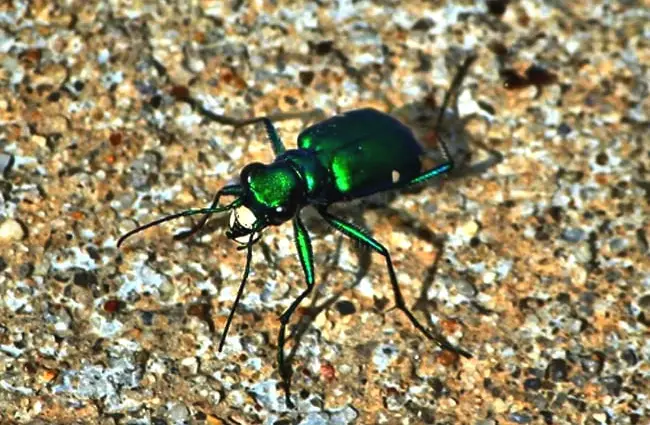
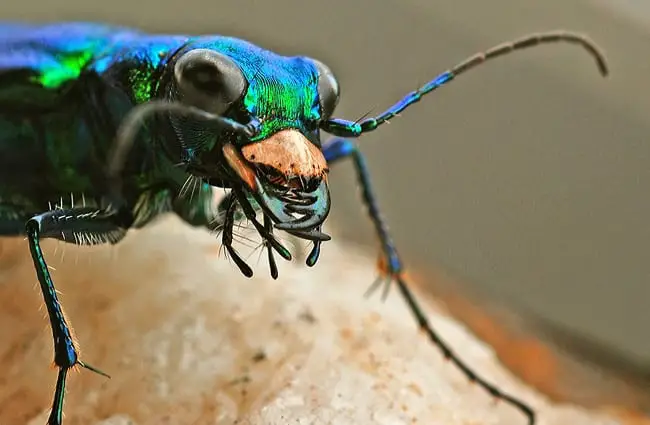


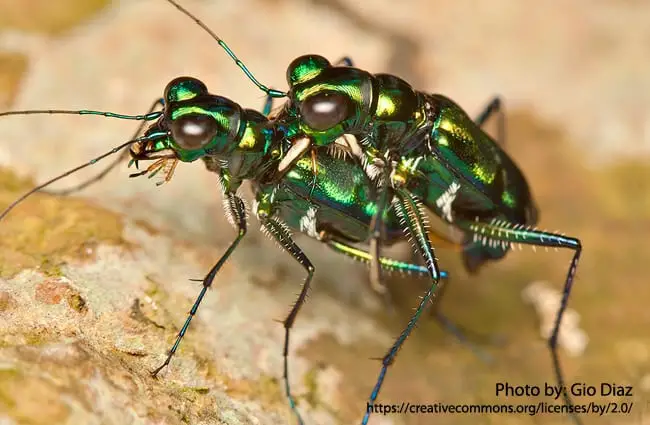
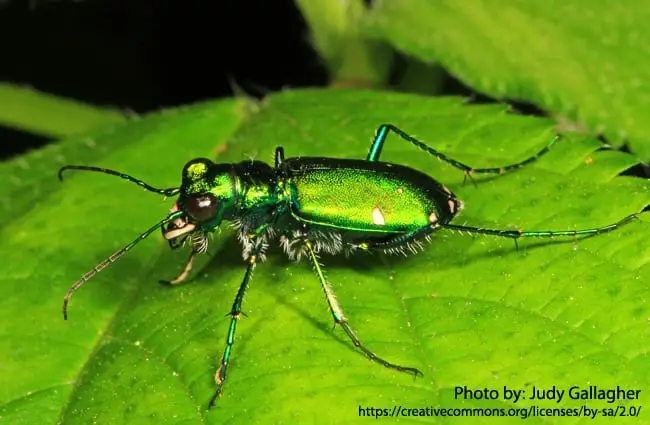

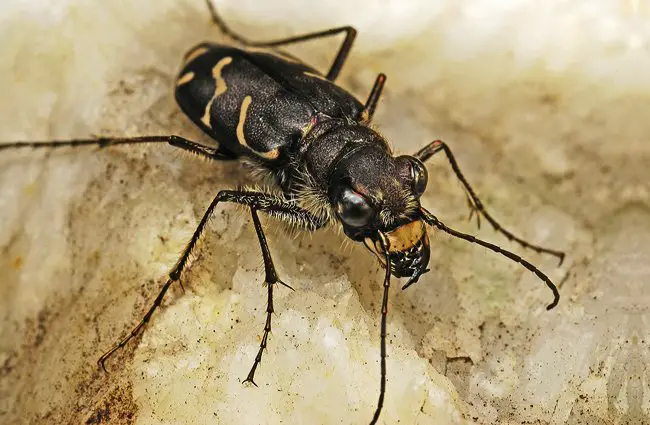






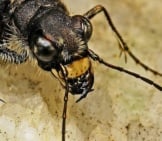
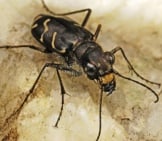



![Red Angus Closeup of a beautiful Red Angus cowPhoto by: U.S. Department of Agriculture [pubic domain]https://creativecommons.org/licenses/by/2.0/](https://animals.net/wp-content/uploads/2020/03/Red-Angus-4-100x75.jpg)

